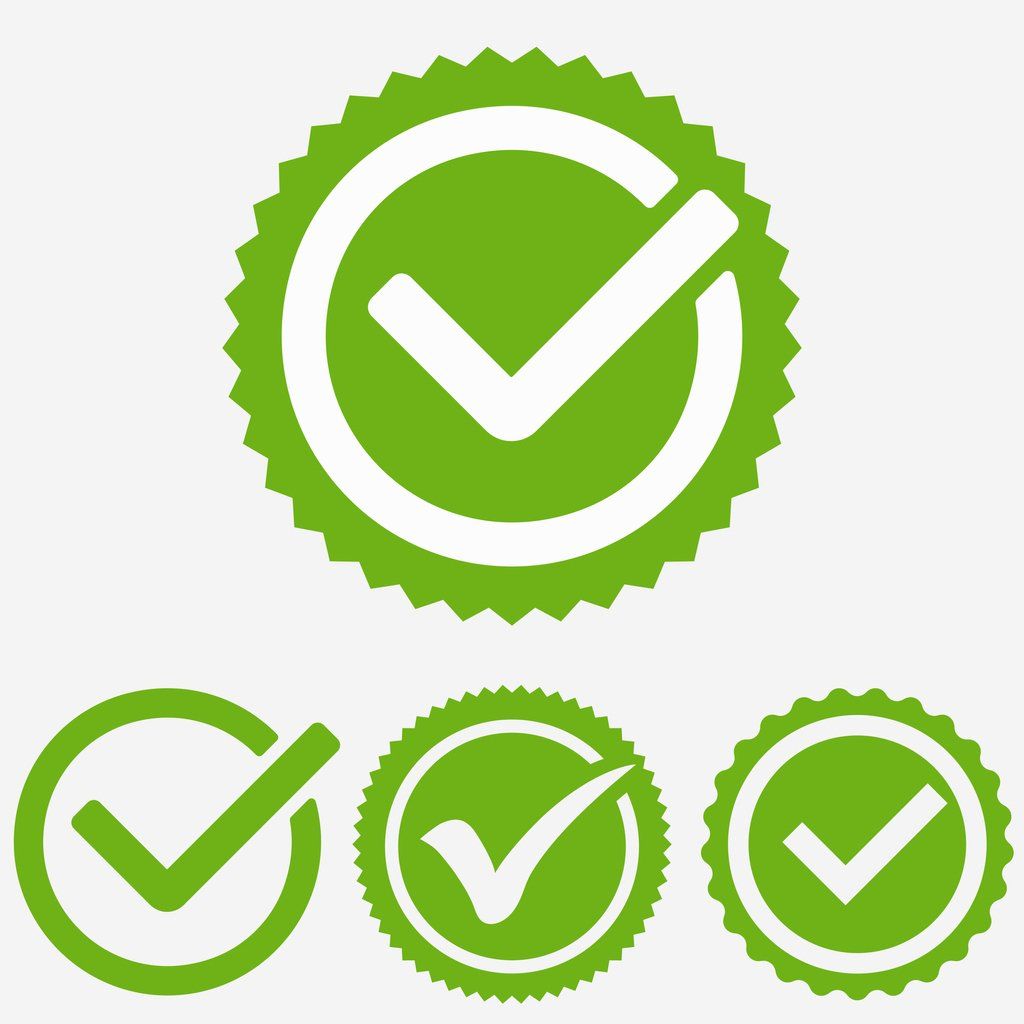How Committed are You?

At some time or other, we have all failed to keep a promise. We had good intentions to get together with someone, to complete a task, to initiate and finish a project. But life got in the way. We failed to meet the goal because we weren’t fully committed to it.
What does it take to be committed enough to focus on our priorities and achieve our goals? Sangram Vajre believes that commitment requires three things: a crystal-clear mission or purpose, right-fit people, and a healthy culture.
A clear mission or purpose statement simply and accurately states the organization’s reason for being. It provides focus for the company’s, non-profit’s, or government agency’s work. It defines the destination with the intention that all of the organization’s resources will be dedicated to effectively and efficiently travelling in that direction. When the mission is crystal clear, everyone understands what it means, so they can spend all of their time on things that help them reach the destination.
Once there is clarity of direction, it is important to have the right people on the bus. It is important for managers to only hire people whose personal passions intersect with the organization’s mission. They look for fit between personal and organizational values. When there is alignment between the organization’s purpose and the preferences of its people, great things can be accomplished.
Then, a healthy culture enables right-fit people to work together to achieve the clear mission. When the workplace environment encourages collaboration and respects everyone’s strengths, engagement and empowerment can flourish. People apply themselves and the organization excels.
How committed are you to doing your best to help your organization fulfill its purpose? How does your organization rate regarding a clear mission, right-fit people, and a healthy culture? What is one thing you can be committed to that will improve its success?

